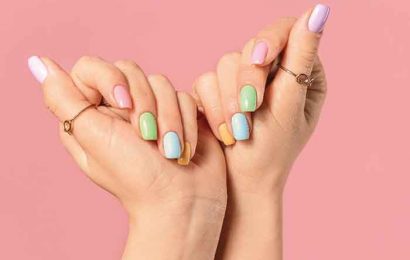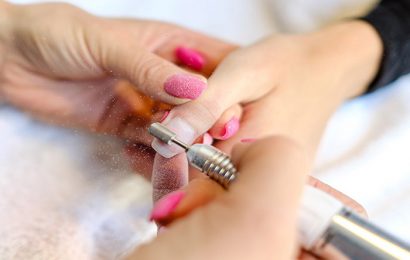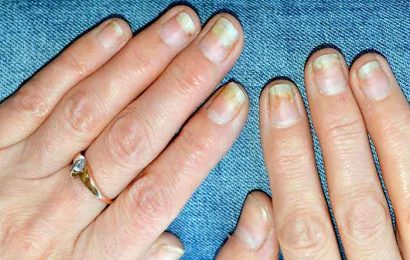
Gel is a material that is hardened after passing under a lamp. It comes in different shades, textures and features. It can be worked on natural nails, on capsules or as a stencil extension. In this article, Maryton Nail Supply will tell you the advantages and disadvantages of UV gel. Just keep reading!
The application of UV gel involves preparing the natural nail then applying the base, lengthening the nail and/or construction. The surface of the gel will then be filed to make it visually harmonious. The next step will depend on your preference, a French or the color, with an application in 1 or 2 coats or left natural. Finally, a shiny gloss will be applied to enhance your pose for a minimum of 3 weeks. To harden all stages, the gel is catalyzed under a UV or UV/LED lamp.
Advantages:
- Thanks to the construction, natural nails are reinforced, therefore more solid.
- You can do all nail shapes, without any constraints.
- There is a wide choice of colors and Nail Art
- You will have relentless nails for 3-4 weeks.
- UV gel allows you to correct all nail defects without exception (crooked nail, springboard, etc.)
Disadvantages:
- Carrying out the installation takes time; allow around 1h30 or more if you request an artistic service.
- The price is also higher depending on the technique used or the Nail Art decorations requested.
- The gel does not dissolve. There is only one way to remove it: file
Hoping that this article has pleased you and will give you ideas! In addition, I recommend investing in some professional manicure kits to care for your nails in daily life.


